A group of enigmatic stone boxes dating back to Ancient Egyptian times have once again come under scientific scrutiny. Did aliens have anything to do with them?
The mysterious Serapeum of Saqqara is a mixed temple dedicated to the Greek-Egyptian goddess of Serapis. The ancient city of Saqqara was a necropolis where Egyptians buried their dead and also a place where they ceremoniously interred the Apis bulls their culture worshiped.
Since being discovered by archaeologist Auguste Mariette in 1850, this ancient temple has been a source of puzzlement for the scientific world. Inside the Serapeum one can find a winding set of tunnels going deep into the hillside, connecting several side chambers. For over 3,000 years, these chambers have held a number of enigmatic black granite sarcophagi, way too large to accommodate any human remains.
Their role remains debated, with mainstream scholars claiming the sarcophagi were nothing but receptacles for the mummified remains of Apis bulls. No such remains were found inside the mysterious boxes.
But it is not the purpose of these boxes that makes for an interesting subject. What makes people scratch their heads is the craftsmanship required to construct them. Although Ancient Egyptians are widely considered to be accomplished builders, the cleverness of the techniques employed in constructing the black boxes of Saqqara has determined alien enthusiasts to suspect alien implication.
For starters, the material used to carve the boxes is notoriously hard to work with, even by today’s technological standards. Just imagine how hard it must have been to chisel out these immense blocks, some weighing up to 70 tons using nothing but Bronze Age tools.
The precision engineering required to make the Serapeum boxes was what led several proponents of alternative history into suspecting a race of advanced extraterrestrial beings might have been involved in their construction.
The massive boxes and their precisely-cut corners moved UFO expert and alien theorist Brien Foerster into claiming their “precision is very 21st century, or at least 20th century.” The angles at which they were cut are only a few thousands of an inch from being perfect, the theorist surmised.
Decades after being discovered and analyzed, experts are still unable to provide a satisfying explanation about the origin and purpose of the heavy granite sarcophagi. We don’t know the reason behind their construction and we have no idea why they were transported to and stored deep within the tunnels at the Saqqara Serapeum. What we do know is that the Ancient Egyptians built them to last, using a material that is very hard to work with and has the strength to withstand the test of time. The lids fit so well on the boxes, no air was able to escape or enter the boxes for thousands of years.
https://www.youtube.com/watch?v=F5YY9oQkuvA
In order to make the boxes the way they are, the ancients needed advanced masonry skills, coupled with a deep understanding of mathematics and geometry, not to mention excellent procedures and tools.
It’s easy to see how taking these aspects into account might change one’s perspective regarding the ancient world and the technology available back then. As a result, many UFOlogists have become convinced the boxes of Saqqara were the work of aliens or at least the result of their participation.
The mythology of the Ancient Egyptians certainly leaves room for interpretation and one can easily replace their gods with advanced extraterrestrial beings. If you know where to look, aliens and their UFOs pop out of ancient carvings inside the pyramids. There are enigmatic papyrus rolls that detail aerial battles and giant starships landing on the banks of the river Nile. The pyramids and the Sphinx are a constant source of bewilderment to those curious enough to ask themselves whether what meets the eye is all there is.
The Ancient Egyptians seem gifted with knowledge way beyond their time. The artifacts they left behind serve as a reminder that things aren’t always what they seem and our current understanding of history might not be so fair.
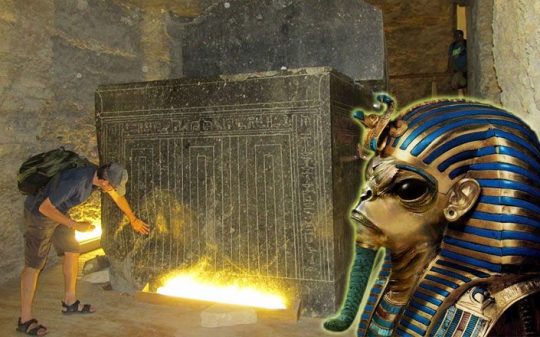

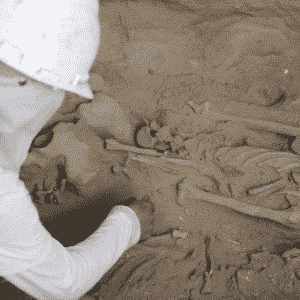

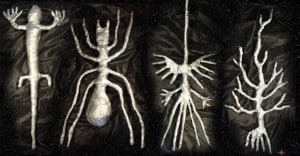
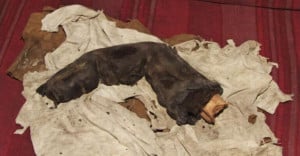

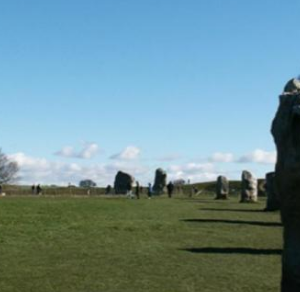


Trackbacks/Pingbacks